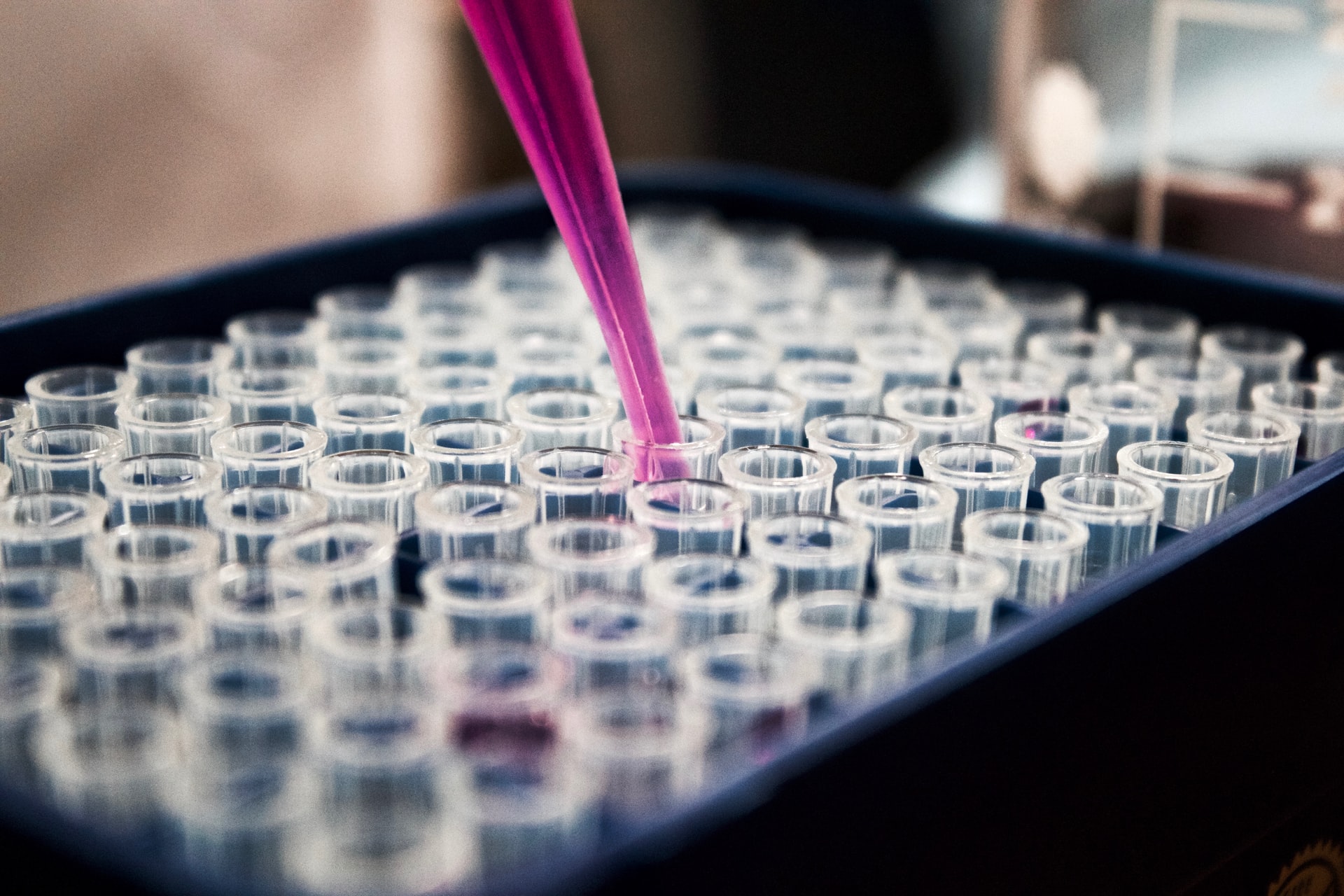With diverse variants of the Covid-19 virus surging after genetic mutations, efforts to curtail its severity have not just led scientists to construe ways to develop a vaccine but transform innovation. For instance, public services directly involved in the intervention have enhanced their efforts to track transmissions through systems such as epidemiological surveillance and syndromic surveillance networks [2].
As these partially rely on Artificial Intelligence, other digital fields in response to the pandemic include data science; mobile phones, the web, telemedicine, and telecommunication, as well as bioinformatics systems which have helped identify the antiviral protein target. To be specific, these are the frameworks we’ll delve into.
Pursuant to this, global Organizations such as WHO have been at the forefront to integrate digital technology as a critical means towards the fight. They’ve made certain easy accessibility of critical updates [3] such as recent findings of the virus, the numbers of infections, and the Covid-19 vaccination points through social media and online interactive dashboards.
Nonetheless, this largescale form of collaboration between the public service from over the 200 countries affected by the pandemic and these organizations called for technical transformation. Automation frameworks such as the Chinese Emergency Telemedicine Consultation System (ETCS), EPI-BRAIN [4] which is a configuration of WHO merging infectious disease datasets and servers as well as an automated syndromic surveillance system from the UK have led to the optimization of the containment process through effective teamwork as we’re about to see.
Digital technology and the Containment of Covid-19
Telemedicine
Remote diagnosis, monitoring, and treatment of Covid-19 have granted the public health sector a different frontier to confront the virus. Open source soft wares such as CommCare case and HealthBeats Remote which monitors patients through connecting them to a healthcare provider have geared up the fight. They’ve safeguarded the healthcare workers through limiting contact, helped moderate its impact on the healthcare system through remote treatment of the asymptomatic patients, and made Covid-19 treatment accessible to those susceptible to environmental threats.
Artificial Intelligence
When it comes to surveillance, contact tracing, extraction of diagnostic information, and the configuration of RNA molecules to come up with a vaccine [4]; AI has been an integral part of envisioning a post-Covid era. Through the Emergency Operations Center (EOC) and the Covid-19 Incident Management System, the Centers for Disease Control and Prevention (CDC) has also used AI in its response to the pandemic. Chatbots, for instance, have been relied on by various public services and governments as a containment measure, with innovation making it far easier than before to deploy pre-trained versions of these AI Bots within a 24-hour time frame.
Source: Unsplash; Data has a better idea (AI)
Deep Learning
To solve the hurdle concerning the shortage of test kits, this branch of AI has been employed through the design of datasets comprising of CT scans that have tested positive. The idea is the integration of self-learning, such as the Self-Trans approach [5], to diagnose the virus accurately from the scans. These datasets can be availed to online servers for the public. Its application has as well been vital in drug repurposing, epidemiology forecast, and the prediction of protein structure.
Machine Learning
With enormous datasets emerging from European countries and China, machine learning algorithms have been generated to predict mutations, configure triage systems that have eased healthcare providers’ capacity, and predict global mortality and infection rates. The latter is facilitated through epidemiological models and hybrid models such as the multi-layered perceptron-imperialist competitive algorithm (MLP-ICA) [6].
Bioinformatics Systems
This field integrates digital technology and biology with the extraction of data from amino acid configuration and DNA. For instance, some HIV protease inhibitors acquired from datasets approved by the FDA came in handy in the development of Covid-19 vaccines via Bioinformatics systems in Italy [4].
Source: Science; Tracking the Covid-19 origin via bioinformatics technology
This digital-based form of sequencing infectious pathogen’s DNA has been approved by the CDC in terms of generating Covid-19’s genomic structure to find a cure.
Big Data and Analytics
Leading tech companies have extensively backed the public health efforts to manage the pandemic. Aside from the collection of movement data which helped discern social distancing by Google, the Covid-19 taskforce, for instance from the US Government, teamed up with Apple. inc for the development of an application. It would offer self-care guidance, testing sites, and offer critical updates on the pandemic
Another initiative to enhance contact tracing was a Bluetooth-based app developed by Apple. inc and Google LLC. The app would link smartphones that came into close contact through Bluetooth.
Source: Apple.com; The Covid-19 wellness app designed for social distancing, tracking symptoms, and showing testing locations
If one tested positive, this configuration would alert all smartphone owners that linked with the tested patient’s phone.
Internet of Things (IoT)
Another result of digital transformation, IoT operates on the exchange of data from devices integrated with electric sensors and software. This data is configured then transferred to other systems connected to the internet. As of Medical IoT or IoMT, different state-of-the-art frameworks have been configured to offer 3-phased solutions.
These include diagnosis, treatment, and post-recovery of a patient. Models such as the nCapp program helped in the early detection of cases in China. Diagnosis of the Covid-19 was also enhanced through Thermal Imaging Systems placed in public areas such as train terminals (Surveillance Systems) [4]. They detect infections through body temperature and transmit this data in real-time to authorities.
Robotics
After the World Health Organization (WHO) declared Covid-19 a pandemic, decreased human contact was of the essence to reduce transmission. To facilitate such measures, most public services and health agencies adopted drones and robots to sterilize hospitals, quarantine areas, and public places.
So far, this has led to the optimization of service provision in health, especially where there’s a high risk posed to healthcare workers.
Conclusion
As mentioned beforehand, Covid-19 has optimized technology bringing forth trends that researchers expect to grow. But with virologists foreseeing an endemic circulation of the virus in the future, digital tools will gear up to ensure minimal spread and mortality rate of the virus. For instance, the future of bioinformatics, which is mRNA technology [7], is expected to change the current approach used to develop vaccines.
Source: Unsplash; mRNA Covid-19 Vaccine
AI will optimize surveillance systems, vaccines, and critical updates are expected to be widely accessible to low-income countries, and integration of Machine Learning in local health centers should be achieved.
World Organizations such as CDC and World Bank are expected to fund more research in digital programs such as Deep Learning to predict impending mutations of the virus as well as counter, if not predict future pandemics.
References
[1]. WHO, "Archived: WHO Timeline - Covid-19," 27 April 2020. [Online]. Available: https://www.who.int/news/item/27-04-2020-who-timeline---covid-19.
[2]."Digital technologies in the public-health response to COVID-19," natural medicine, 07 August 2020. [Online]. Available: https://www.nature.com/articles/s41591-020-1011-4. [Accessed 3 July 2021].
[3].World Health Organization, "WHO Corona Virus (Covid-19) Dashboard," World Health Organization, 4 July 2021. [Online]. Available: https://covid19.who.int/. [Accessed 4 July 2021].
[4].S. P. Afsoon and H. R. Mahsa, "Informatics in Medicine Unlocked," Science Direct, 6 November 2020. [Online]. Available: https://www.sciencedirect.com/science/article/pii/S2352914820306262. [Accessed 3 July 2021].
[5].X. Y. Xuehai and J. Y. E. P. Shanghang, "Sample-Efficient Deep Learning for COVID-19 Diagnosis Based on CT Scans," 17 April 2020. [Online]. Available: https://www.medrxiv.org/content/10.1101/2020.04.13.20063941v1. [Accessed 03 July 2021].
[6].A. M. Gergo and P. Imre, "Mathematics," 2 June 2020. [Online]. Available: https://www.mdpi.com/2227-7390/8/6/890. [Accessed 3 July 2021].
[7].S. Gupta, "The Application and Future Potential of mRNA Vaccines," Yale School of Public Health, 7 May 2021. [Online]. Available: https://ysph.yale.edu/news-article/the-application-and-future-potential-of-mrna-vaccines/. [Accessed 3 July 2021].






Comments